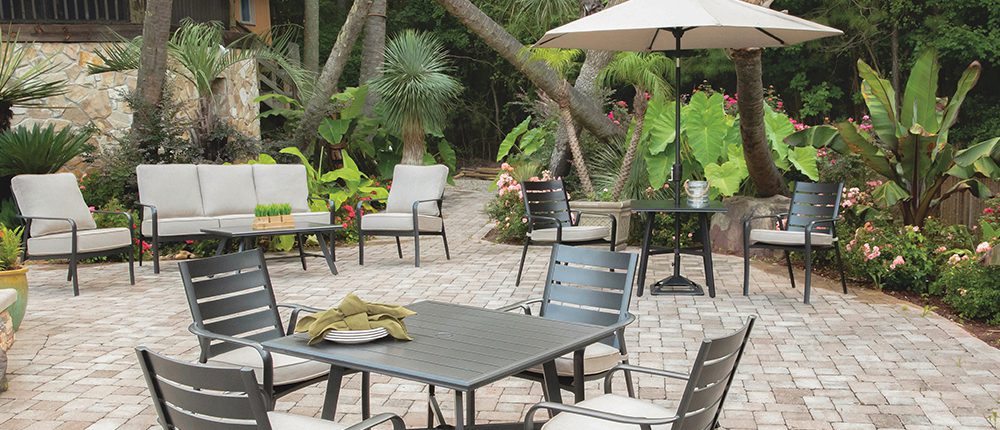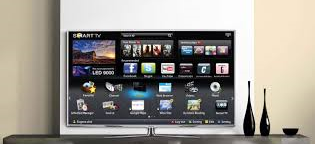Fresh Air. Good for You. Great for Driving F&B Revenue.


This year, Almo Hospitality is debuting its first ever outdoor collection; the Cape Soleil Contract Collection of outdoor hospitality furniture, made by Agio. The collection is designed to help hoteliers create better outdoor customer experiences for guests, while giving operators great designs that are affordable yet durable. Oh yeah, it also sets the stage for more food & beverage sales too.
Why? Outdoor living is now essential to many travelers, both on balconies and in outdoor areas around the hotel. In fact, getting closer to nature is a major consumer demand driver for hotels. Take the idea of biophilic deign in hotels. That’s the idea of bringing the outside, inside hotels.
In residential, outdoor living has become increasingly important to the consumer. According to Global Market Insights, The Outdoor Furniture Market will cross US$23 billion by 2024 as “rapid socializing trends, including dining at gardens, rooftop restaurants, grilling & barbeque events in the garden, or in the backyard area are the factors propelling the product demand.”
So, it’s no surprise hoteliers are seeing increased demand for more outdoor experiences from customers. In fact, the hotel business is seeing increased demand for nature related elements inside too! According to a report from Terrapin Bright Green, guests will spend on average 36% more time in hotel lobbies that have biophilic elements such as living walls and water elements. Also, guests will pay up to 18% more for rooms with a great view.

Now imagine taking that philosophy outdoors by creating an outdoor living experience through partnering with Almo Hospitality to help you create memorable outdoor experiences that drive sales food and beverage while simultaneously setting the stage for increased loyalty.
Hospitality.net notes that properties utilizing rooftops for F&B experiences saw a whopping $13 increase in revenue-per-seat to $68.20. In comparison, other properties saw an average of only $55.22. And that’s just one area within the hotel ripe for possible transformation.
Almo Hospitality has partnered with Agio to expand into the hotel business after finding success in the residential outdoor residential furniture market for more than 25 years.

“Hotels, restaurants and resorts rely on outdoor furniture to provide the best experience for guests by creating a calming, relaxing and inviting space that they can enjoy and remember,” said Apryl Lamberti, director of business development, who also noted this creates an additional revenue opportunity for Almo affiliated resellers.
Created specifically for hoteliers and their guests, the Cape Soleil Contract Collection is designed to be indoor or outdoor and can be mixed and matched as desired. It features what Almo says is comfortable furniture that requires minimal maintenance and is constructed from lightweight materials that provide strength, weather and rust-resistance for long-term durability. In addition, Cape Soleil furniture uses UV-resistant contract fabrics from Sunbrella and Phifer to protect against fading and stand up to rigorous use in commercial environments.
The Cape Soleil Furniture Collection is available in a wide range of styles, finishes and materials that can be stand alone or be paired together. The Cape Soleil line includes tables, dining chairs, lounge seating, sofas and side tables and a variety of complimentary outdoor living essentials like fire pits, umbrellas, patio heaters, outdoor fans, misters, combined with outdoor TVs, mounts and sound bars from Peerless-AV.
























